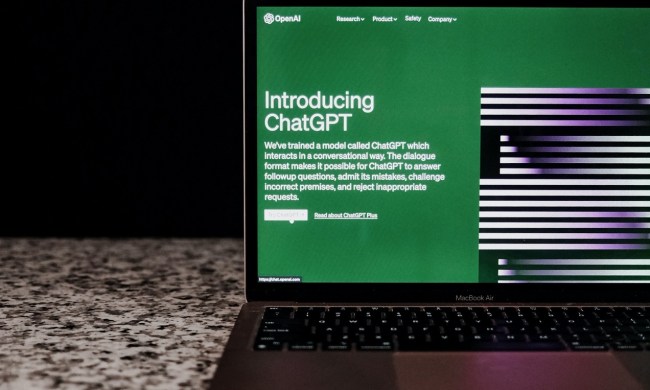
Companies worldwide now officially required to comply with the European Union’s expansive AI Act , which seeks to mitigate many of the potential harms posed by the new technology. The EU Commission on Tuesday issued additional guidance on how firms can ensure their generative models measure up to the Union’s requirements and remain clear of the Act’s “unacceptable risk” category for AI use cases, which are now banned within the economic territory.
The AI Act was voted into law in March, 2024, however, the first compliance deadline came and passed just a few days ago on February 2, 2025.
The EU has banned eight uses of AI specifically:
- Harmful AI-based manipulation and deception
- Harmful AI-based exploitation of vulnerabilities
- Social scoring
- Individual criminal offence risk assessment or prediction
- Untargeted scraping of the internet or CCTV material to create or expand facial recognition databases
- Emotion recognition in workplaces and education institutions
- Biometric categorisation to deduce certain protected characteristics
- Real-time remote biometric identification for law enforcement purposes in publicly accessible spaces
Companies found in violation of the prohibited use cases could face fines totaling 7% of their global turnover (or €35 million, whichever is greater). This is only the first of many similar compliance deadlines that will be enforced in the coming months and years, as the technology evolves.
While the Commission does concede that these guidelines are, in and of themselves, not legally binding, it does note in its announcement post that “the guidelines are designed to ensure the consistent, effective, and uniform application of the AI Act across the European Union.”
“The guidelines provide legal explanations and practical examples to help stakeholders understand and comply with the AI Act’s requirements,” the Commission added. Don’t expect violators to be dragged into court in the immediate future, however. The AI Act’s rules are being implemented gradually over the next two years with the final the final phase occurring on August 2, 2026.



